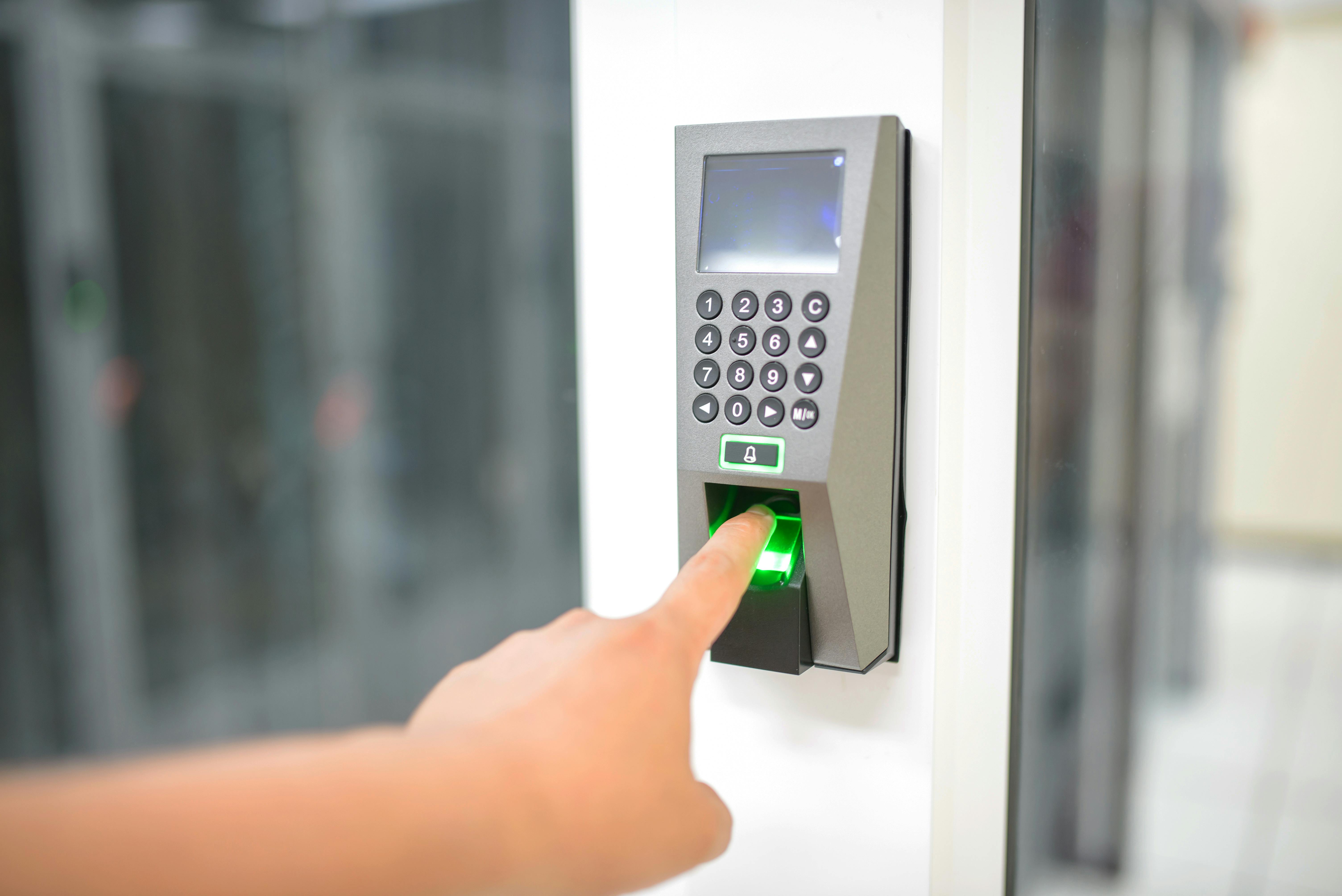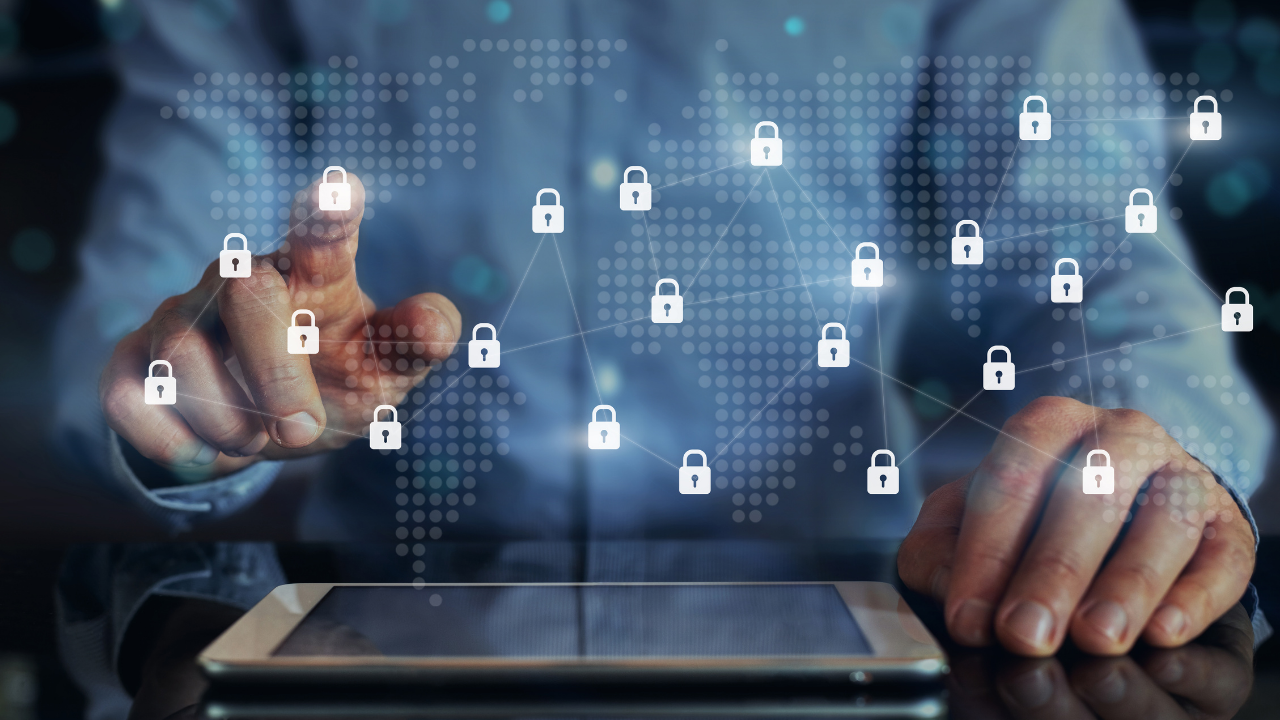Blog
The biggest mistake small businesses make with IT and how to avoid it

Most small businesses don’t design their IT environments, they piece them together as they go. A few cloud apps here, a firewall from three years ago, someone’s cousin setting up permissions and now the entire operation runs on what’s essentially duct tape and good intentions.
Operational technology cybersecurity: 4 mitigation tactics that actually work

Why this matters now
Operational technology (OT) systems are all around us. Think: industrial control systems, HVAC automation and energy infrastructure. In a nutshell, OT systems include hardware and software used to monitor and control physical devices, processes, and infrastructure in industries such as manufacturing, energy, transportation and utilities.
But, these systems are often ignored in the cybersecurity universe as traditional tools are nearly impossible to implement. This poses a huge opportunity for hackers to take advantage of simple vulnerabilities and execute their next attack. As the line between IT and OT blurs, these systems have become high-value targets. If you're in charge of critical operations, it’s no longer a question of if someone’s probing your defenses. It’s how far they’ll get.
MDR, XDR or EDR? Here’s what actually matters when choosing cybersecurity tools.

When it comes to selecting a cybersecurity strategy that’s right for your business, you’ve probably seen the acronyms. But what do they mean, and which approach is right for you?
MDR, EDR, XDR — cybersecurity technologies that are often used interchangeably, but rarely explained clearly. If you’re making security decisions for your business, you don’t need another tech glossary. You need to know what protects your unique environment, what fits your team and what you can actually operationalize.
Let’s cut through the noise.
Remote Work Support: Tips & Strategies to Keep Remote Workers Secure & Productive

Despite some organizations enforcing a “return to the office” policy, it’s no secret that remote work is here to stay. Implementing a remote work policy can offer numerous benefits for growing companies, such as access to a wider talent pool, increased employee satisfaction, and potential cost savings. However, it also presents several challenges that need to be carefully managed. Developing an IT and cybersecurity infrastructure to optimally support remote teams presents its own set of challenges.
How to recycle your business’s hardware and devices for Earth Day

Earth Day is the perfect excuse to finally deal with that stack of outdated hardware — old phones, retired laptops and equipment gathering dust in storage. Because cleaning up your infrastructure should be as intentional as building it. Proper disposal goes beyond freeing up space. It protects your data, reduces e-waste and keeps your organization aligned with best practices. Disposing of hardware properly isn’t just about freeing up shelf space. It’s about safeguarding sensitive data, meeting regulatory standards and reducing environmental harm.
What’s new in managed detection and response (MDR) for 2025

Managed Detection and Response (“MDR”) has shifted from a “nice add-on” to a cornerstone of modern cybersecurity strategy. But like any fast-moving space, the MDR landscape is evolving, and what worked last year may not cut it this year.
If your security provider is still relying on basic detection tools or generic response playbooks, you're not getting the level of protection you need. Here’s a look at five MDR trends that are reshaping how businesses approach threat detection, response and overall risk management.
AI in Business Process Automation: Embracing the Future

In today's fast-paced digital landscape, businesses are under constant pressure to enhance efficiency, reduce costs and stay ahead of the competition. One transformative approach gaining significant traction is Artificial Intelligence-powered Business Process Automation (“AI-powered BPA”). This strategy leverages AI technologies, such as machine learning and natural language processing to automate and optimize various business processes, leading to improved productivity and operational excellence.
We're on Cloud 9: Why You Should Move Your Business to the Cloud

Cloud computing has revolutionized the way businesses operate, offering flexibility, scalability and cost efficiency. However, as companies rely more on cloud services, they also face increased risks. That’s where cloud security comes in. The start of spring is the perfect time to focus on the importance of securing your cloud environment and protecting your business data. Let’s dive into why cloud security matters and how to keep your cloud infrastructure safe.
